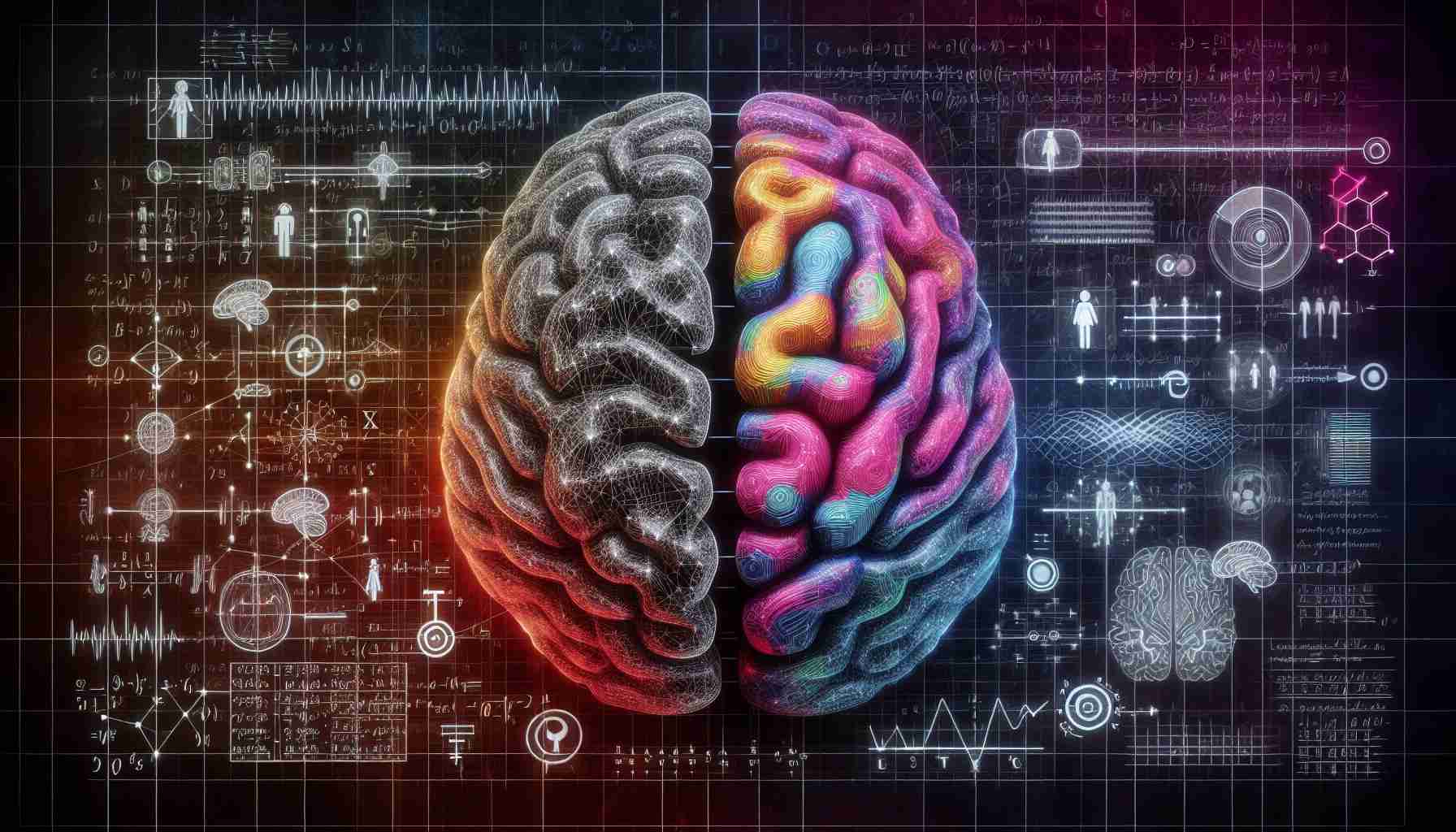Gender plays a significant role in brain development, aging, and various neurodegenerative and neuropsychiatric disorders. Recent research conducted by Stanford Medicine sheds light on this topic using an innovative approach. By utilizing an artificial intelligence (AI) deep learning model, scientists were able to accurately distinguish between male and female brains based on image scans of brain activity, achieving an impressive accuracy of over 90%.
The study’s senior author, Professor Vinod Menon, along with lead authors Srikanth Ryali, Yuan Zhang, Kaustubh Supekar, and Carlo de los Angeles, emphasized the importance of these findings. They highlighted how understanding the biological influence of sex on brain organization can lead to the development of personalized, sex-specific biomarkers for psychiatric and neurological disorders. Additionally, the research provides valuable AI-based computational tools for future investigations.
While there are several statistics showcasing gender-related disparities in brain-related diseases and disorders, such as major depressive disorder, Parkinson’s disease, Alzheimer’s disease, autism spectrum disorder, and attention-deficit hyperactivity disorder (ADHD), the underlying reasons remain unclear. However, this research provides novel insights into brain dynamics that differentiate male and female brains.
Stanford Medicine’s scientists created a convolutional neural network model called a spatiotemporal deep neural network (stDNN), which considers space-time. This AI algorithm was trained on a vast amount of data from the Human Connectome Project, including behavioral and brain imaging data. By implementing data augmentation techniques, the researchers successfully increased the training dataset size, resulting in improved accuracy and generalizability.
The deep neural network achieved impressive results, accurately distinguishing between male and female brains in approximately 1,500 adults aged 20-35 years with over 90% accuracy. To further understand the decision-making process of the AI model, the team applied Explainable AI (XAI). They discovered that key brain features from the limbic network, default mode network (DMN), and striatum played a crucial role in the model’s ability to differentiate between male and female brain activity.
These findings challenge the notion of a continuum in male-female brain organization and emphasize the replicability, generalizability, and behavioral relevance of sex differences in functional brain dynamics. The integration of AI and neuroscience is paving the way for a deeper understanding of gender differences in brain development and related disorders, offering new avenues for personalized treatments and interventions.
Overall, this research highlights the immense potential of AI in unraveling the complexities of the human brain, furthering our knowledge of how gender influences brain function and providing insights into the underlying mechanisms of neurological and psychiatric disorders.
FAQs:
1. What does the recent research conducted by Stanford Medicine reveal?
– The recent research conducted by Stanford Medicine reveals that an artificial intelligence (AI) deep learning model can accurately distinguish between male and female brains based on image scans of brain activity with over 90% accuracy.
2. Why is understanding the biological influence of sex on brain organization important?
– Understanding the biological influence of sex on brain organization is important as it can lead to the development of personalized, sex-specific biomarkers for psychiatric and neurological disorders, and provide valuable AI-based computational tools for future investigations.
3. What brain-related diseases and disorders are mentioned in the article?
– The article mentions major depressive disorder, Parkinson’s disease, Alzheimer’s disease, autism spectrum disorder, and attention-deficit hyperactivity disorder (ADHD) as brain-related diseases and disorders.
4. How was the AI algorithm trained by Stanford Medicine’s scientists?
– The AI algorithm, called a spatiotemporal deep neural network (stDNN), was trained on a large amount of data from the Human Connectome Project, including behavioral and brain imaging data. The researchers also implemented data augmentation techniques to improve accuracy and generalizability.
5. What brain features were found to play a crucial role in distinguishing between male and female brain activity?
– The study found that key brain features from the limbic network, default mode network (DMN), and striatum played a crucial role in the AI model’s ability to differentiate between male and female brain activity.
Key Terms/Jargon Definitions:
– Artificial Intelligence (AI): A branch of computer science that aims to create intelligent machines capable of performing tasks that would typically require human intelligence.
– Deep Learning: A subset of AI that utilizes artificial neural networks to model and understand complex patterns and features.
– Biomarkers: Measurable indicators or substances that can indicate the presence of a disease or condition in the body.
– Neurodegenerative Disorders: Conditions that result in the progressive degeneration and dysfunction of the nervous system, often leading to cognitive decline and loss of motor function.
– Neuropsychiatric Disorders: Disorders that affect mental processes and behaviors, caused by a combination of genetic, environmental, and biological factors.
– Convolutional Neural Network: A type of deep neural network specifically designed for analyzing visual data, such as images or videos.
– Explainable AI (XAI): Techniques and methods that aim to provide explanations for the decision-making processes of AI models, increasing their interpretability and transparency.
Suggested Related Links:
The source of the article is from the blog coletivometranca.com.br

